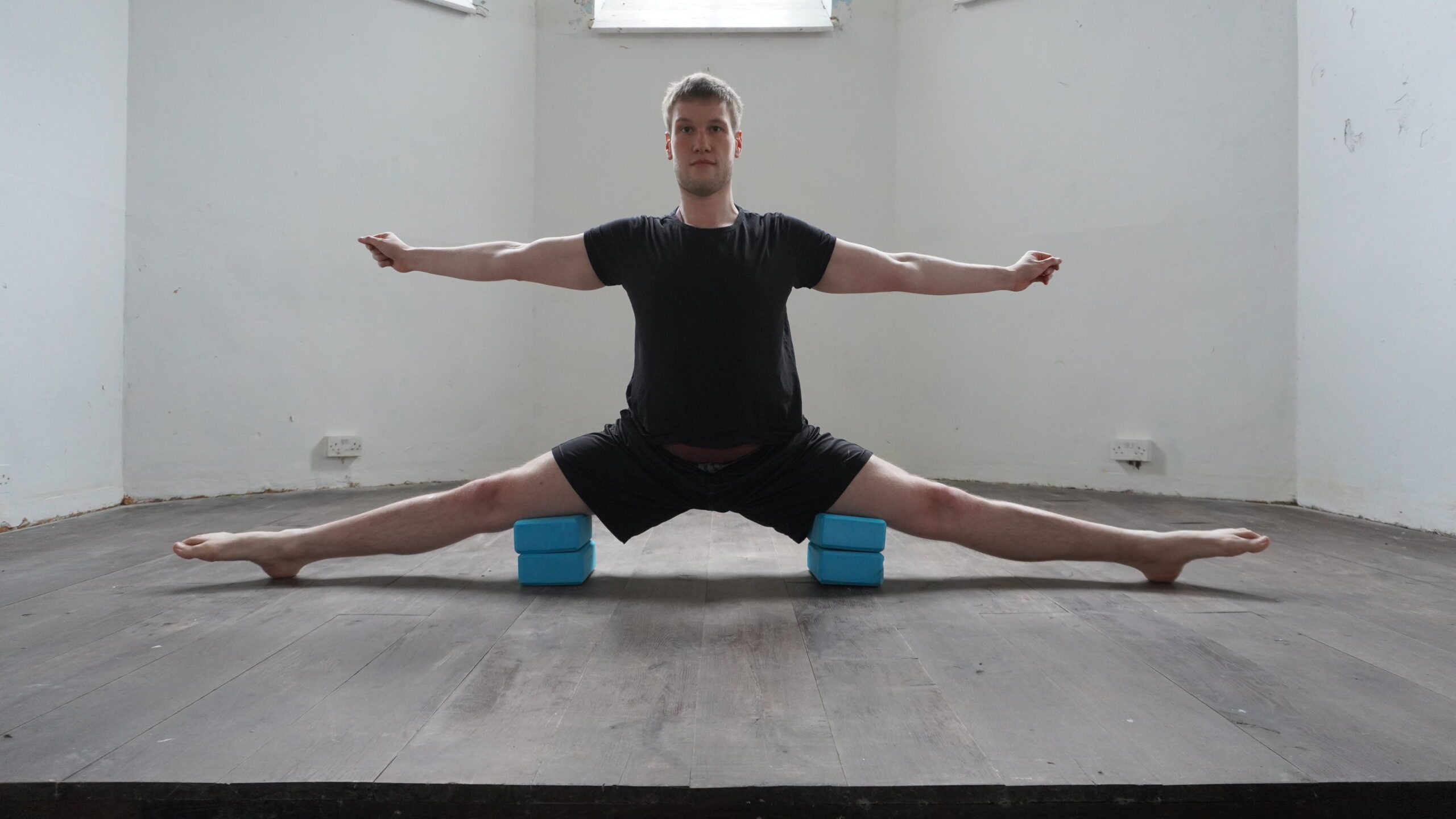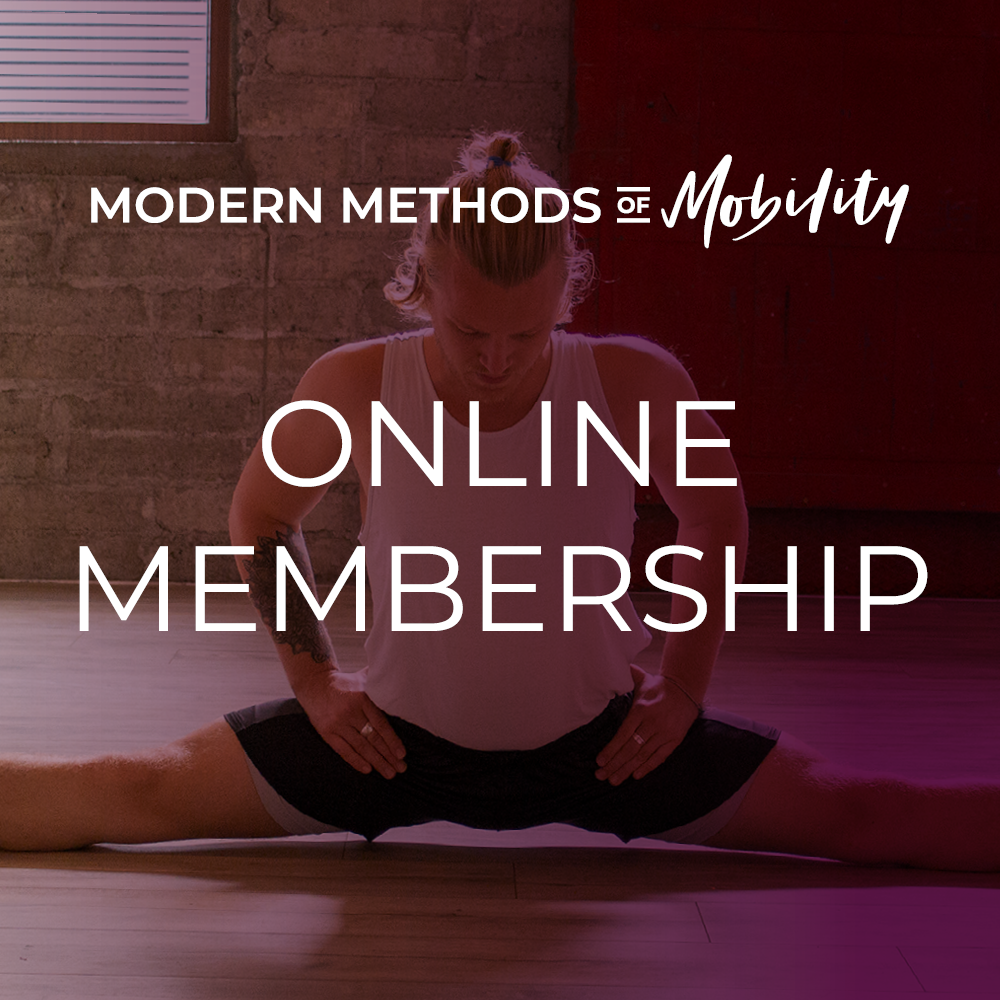Fritzmann2002, CC BY-SA 4.0 <https://creativecommons.org/licenses/by-sa/4.0>, via Wikimedia Commons
Like many of you, I find cracking out the board games one of the best ways to spend quality time with friends. Among my favourites is Settlers of Catan. Its rule set is simple enough for newcomers to grasp quickly, yet it offers enough depth and strategy to keep even the most seasoned players engaged.
For those unfamiliar with Settlers of Catan, it’s a board game where players start on an island with limited resources. The objective is to build roads to resource zones, and as the dice roll, players accumulate more resources, allowing them to construct villages, cities, and additional roads. Exciting, right?
This game inspired what I call the Resource Model of Flexibility, which is functionally influenced by complex systems and dynamical systems theory. Think of achieving flexibility as akin to gathering resources in Settlers of Catan. To build a village or town in the game, you need specific resources, which require planning and strategic collection.
Similarly, in flexibility training, you need various “resources”: the ability to tolerate muscle elongation, strength at length, knowledge of optimal positioning for your training level, relaxation techniques, and more. And just like rolling the dice in Catan, consistent training is essential to accumulating these resources.
And yes, an understated reality of training is the returns will feel somewhat random – just like a dice roll. The human body is complex, so the same input won’t always produce the same results. You might “roll a bunch of 1s” on leg lifts for weeks, continually cramping every time. But suddenly one day the cramps disappear and your lift height increases notably.

So, how do we transition from board games to mastering our flexibility? Consider the initial layout and placement of tokens in Catan as our genetic starting point. Some of us are fortunate to have resources within easy reach, while others start with fewer resources. However, with strategic road-building, we can bridge the gap between our starting point and our goals.
In this context, curiosity is the “road” that helps us discover and learn new training methods, filling our resource stack and advancing our flexibility.
As mentioned earlier, the game does involve an element of chance, with resource acquisition based on dice rolls. Similarly, in flexibility training, there is some unpredictability, but with persistence and strategic planning, we can achieve significant progress.
– Emmet


